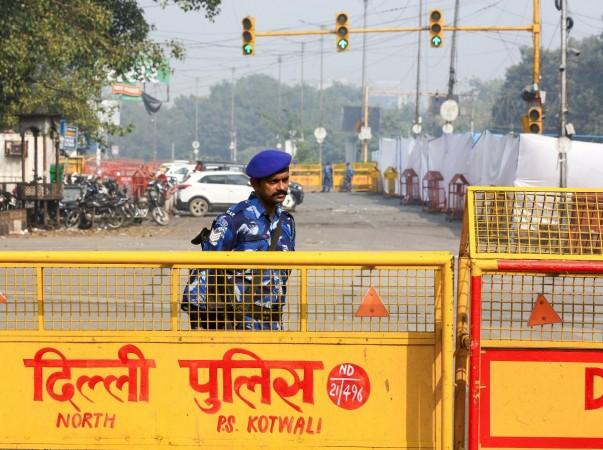
In a major revelation, Delhi blast accused Dr Umar Muhammad assembled the explosives in a public parking space near the Red Fort, sources revealed on Wednesday.
The Hyundai i20 involved in the explosion was being driven by Dr Umar Muhammad, a resident of Koil village in Pulwama, Jammu and Kashmir. The explosion occurred on November 10 near Gate No. 1 of the Red Fort Metro Station. The Haryana-registered Hyundai i20 suddenly exploded, sending shockwaves through the high-security area.
The investigation was focused on key questions surrounding the three crucial hours Umar spent in the Red Fort parking lot. During those three hours, was Umar talking on the phone? Did he meet anyone in Delhi or Faridabad? Was the area around the Red Fort part of a reconnaissance plan? Was he waiting for the peak hour when the crowd would be at its maximum? -- such questions are still being investigated.
Records show that the car entered the Red Fort parking lot at 3.19 p.m. and exited at 6.22 p.m. During this, Umar did not get out of the car even once. The bomber was in contact with his handlers as he entered the blast area, as the investigative sources revealed that the net activity was heightened in the area throughout the day.

However, Umar and his associates had not considered that it was a Monday and the Red Fort was closed to the public. The parking lot was mostly deserted. Consequently, the plan to detonate a blast in the parking area was abandoned, sources said.
Umar and his team then opted to set off the explosion on the bustling Netaji Subhash Marg, which borders the Red Fort on one side and Chandni Chowk on the other.
Investigators report that Umar spent those three hours in the parking area putting together the explosives. Once it was finished, he left the parking lot and hit the street.
Shortly thereafter, he activated the explosion that resulted in 13 fatalities and injured 20 more people.
However, the question remains: why did he take the risk of remaining in one of the most heavily guarded zones in Delhi for three hours? Was he waiting for a sleeper cell contact or logistical backup?
Delhi Police and central security agencies are now piecing together the chain of events that led to the deadly explosion.
The police suspect that the arrest of these individuals may have triggered panic within the module, possibly leading Umar to carry out the explosion prematurely.
The officials are now probing the other members of the terror module and the Telegram group the suspects used for communication, and whether other active sleeper cells are still functional.
With the ongoing investigation linking the blast to an expanding terror network with roots in Jammu and Kashmir and Haryana, security agencies are leaving no stone unturned to trace the source of the explosives and uncover the full scope of the conspiracy behind the blast.
(With inputs from IANS)

















